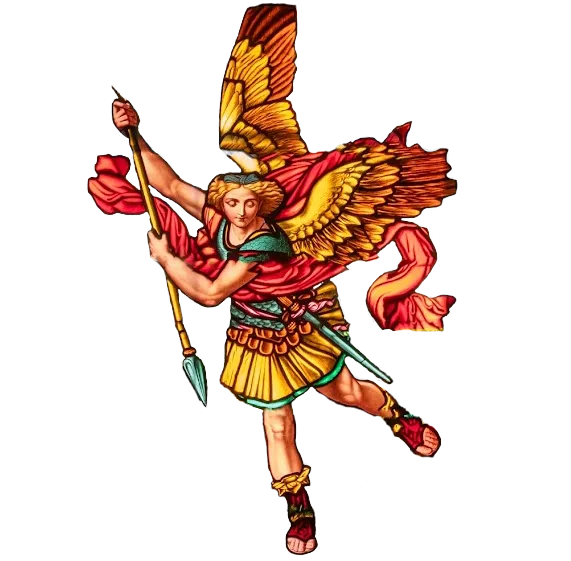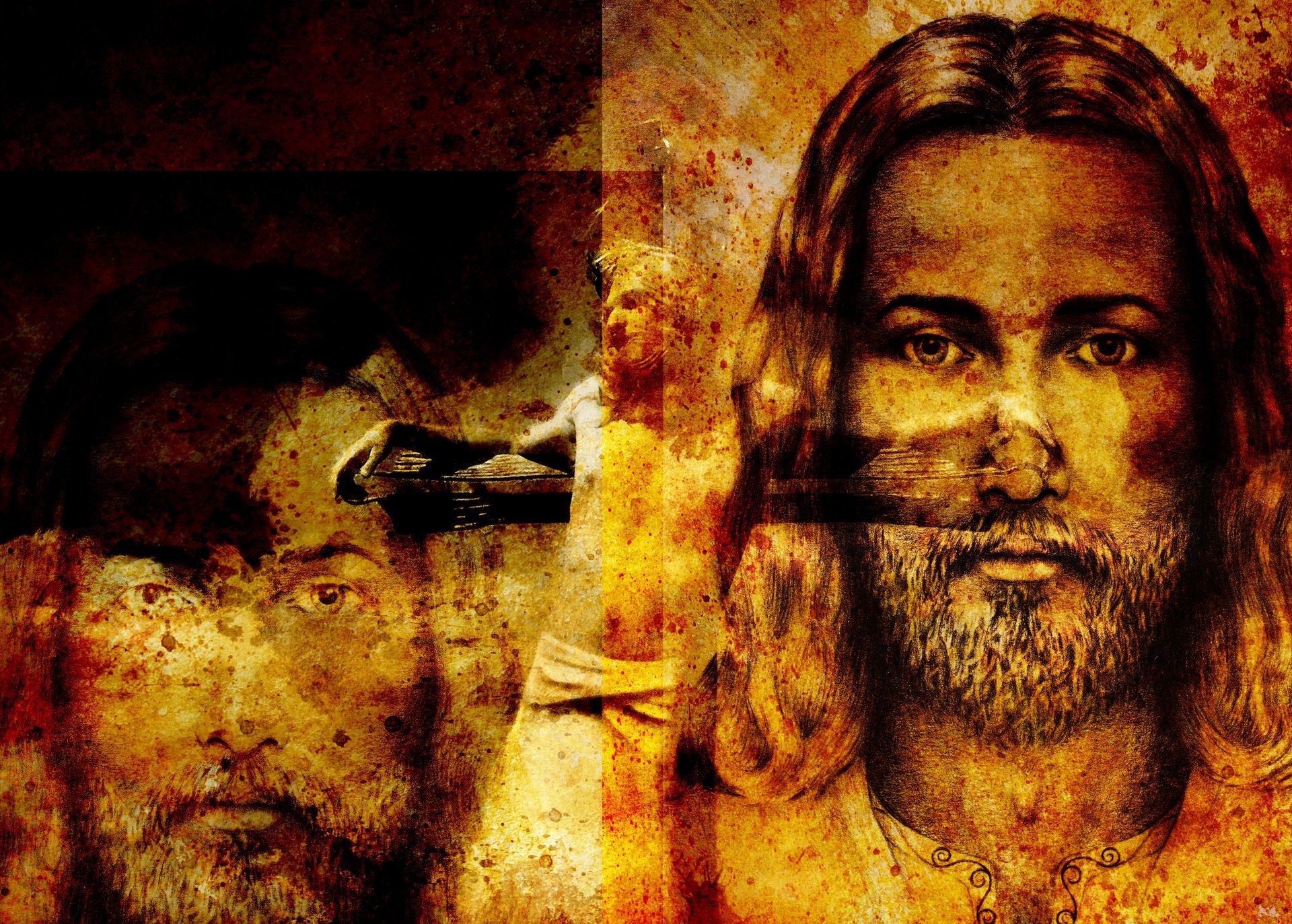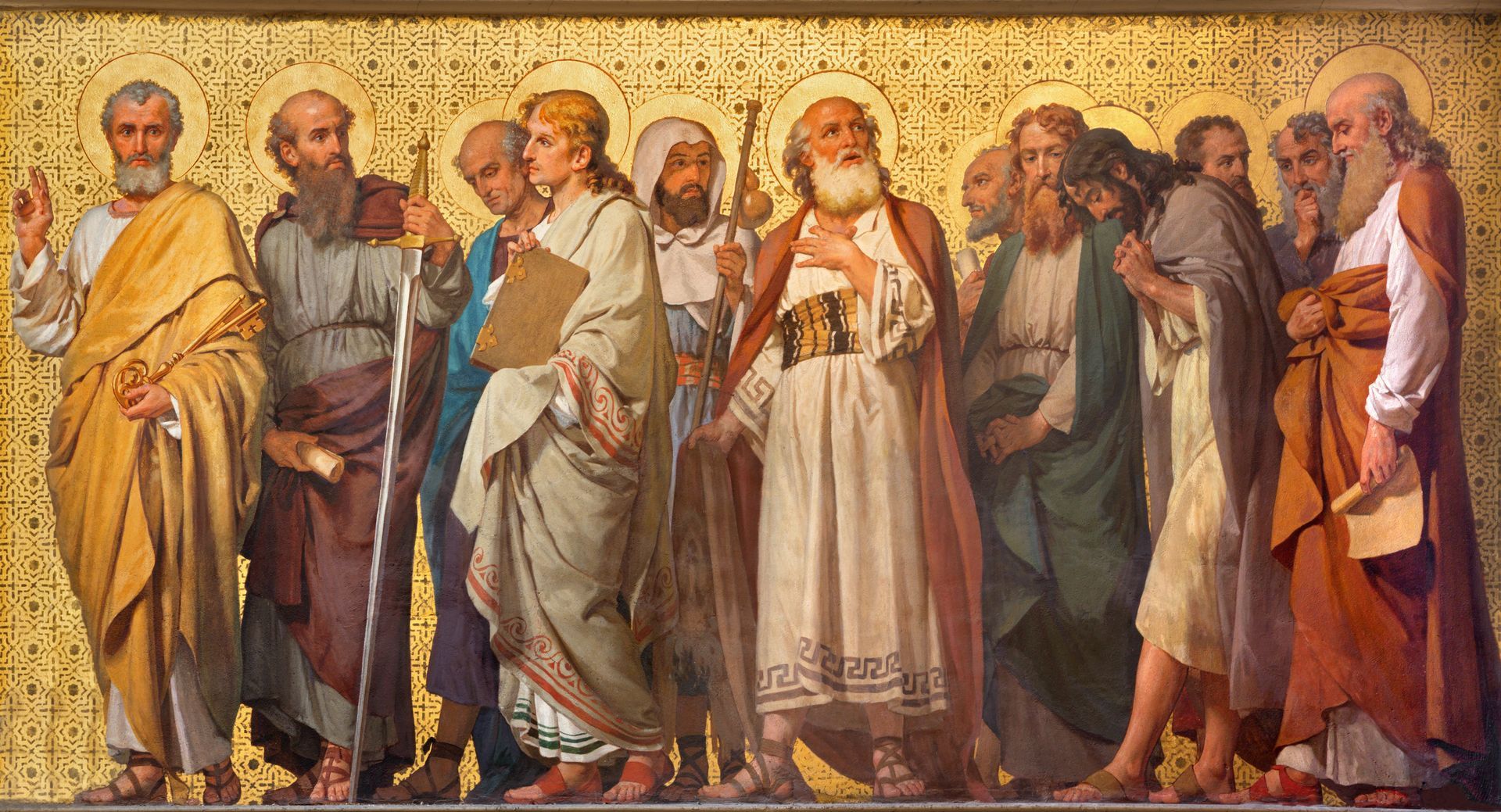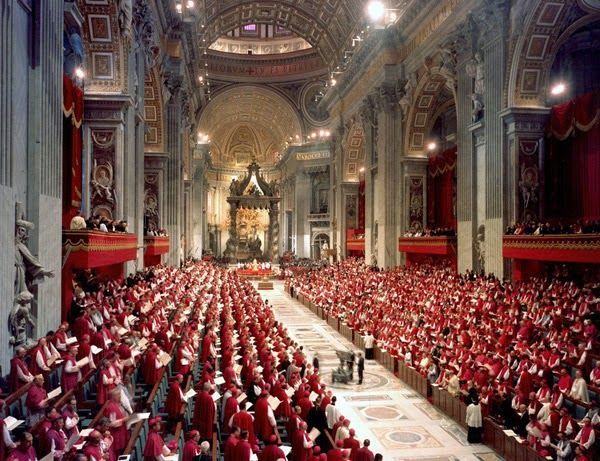Saint Michael Parish
Catholic Church of the Archdiocese of Boston. Hudson, Massachusetts
The Church as the Mystical Body of Christ
As a body is one though it has many parts, and all the parts of the body, though many, are one body, so also Christ....Now you are Christ's body, and individually parts of it.
1 Corinthians 12:12, 27
Why is the Church called the Mystical Body of Christ?
As in one body we have many parts, and all the parts do not have the same function, so we, though many, are one body in Christ and individually parts of one another.
Romans 12:4-5
The Mystical Body of Christ is a scriptural image of the Church drawn from the teachings of Christ and Saint Paul that illustrates her unity in Christ, her relationship to him, and the interdependence of her members.
The image of the Church as the Body of Christ is found chiefly in the Epistles of Saint Paul as they describe the relationship between the Church and Christ. Saint Paul's understanding derived from his conversion on the road to Damascus, when Christ asked him: "Saul, Saul, why are you persecuting me?... I am Jesus, whom you are persecuting." (Acts of the Apostles 9:4-5; emphasis added). Christ had already completed his earthly ministry; undergone his Passion, Death, and Resurrection; and ascended into Heaven, but he identified the persecuted members of the Church on earth with his own Body. During his public ministry, Christ also expressed this intimate relationship between himself and his Church, where the two are spoken of as one Body. (Cf. CCC 787)
The image of the Church as the Body of Christ is significant because it indicates that the Church is not simply a community of members gathered around Christ, but that the Church is united in him, in his Body. (cf. CCC 789)
The faithful are incorporated and fortified into the Body of Christ through the Sacraments of Initiation, beginning with Baptism. Through the Sacrament of the Eucharist, the faithful are united together in Christ's Mystical Body; that is, brought into communion with one another through communion with Christ, their Head. (cf. Colossians 1:17-18) (Cf. CCC 789)
As a body is one though it has many parts, and all the parts of the body, though many, are one body, so also Christ....Now you are Christ's body, and individually parts of it.
1 Corinthians 12:12, 27
As the Mystical Body of Christ, the Church extends Christ's work of salvation throughout time. The faithful play diverse roles in the Church just as various body parts have diverse functions (cf. LG 7). Rather than harm the body, this serves its unity. (Cf. CCC 776, 846, 1111)
The Holy Spirit acts in the Mystical Body of Christ by giving us grace, unifying and animating the Body, comparable to how the soul functions in the human person (cf. LG 7). (Cf. CCC 797,1108)
The Catechism of the Catholic Church, paragraph 779 and paragraph 1416 addresses this question.
-The Didache Bible
Jesus Christ: True God and True Man
God reveals himself to us through the natural law, through his creation, through his Word, and through the Holy Spirit. Jesus Christ represents the fullness of Divine Revelation.
What is the Primacy of Peter?
The office of Pope, derives directly from the primacy of Saint Peter among the Apostles and the leadership for which Christ designated him when he established His Church.
What is Apostolic Succession?
Apostolic Succession describes how the teaching and governing authority of the Church, established by Christ himself through his Apostles, has been handed down through the centuries in the Catholic hierarchy.
Magisterium of the Church
The Magisterium is the official teaching authority of the Church, constituted by the Pope and the bishops in union with him. Its authority comes from Christ, and its guidance comes from the Holy Spirit.
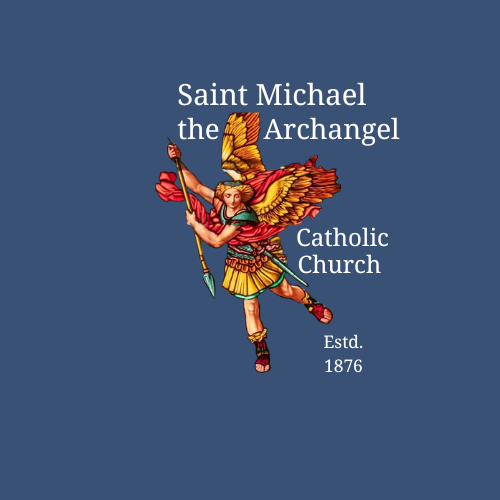
Saint Michael the Archangel
Catholic Church
21 Manning Street
Hudson, MA 01749
Parish Office
20 High Street
Hudson, MA 01749
Priest & Administrator |
Reverend Bert Proulx
Priest | Portuguese Community |
Reverend Valdir Lima
Deacon |
Jarod Auclair
Deacon |
Charles Rossignol
Business Manager | Marcy Flaherty
Pastoral Assistant | Lori Morton



